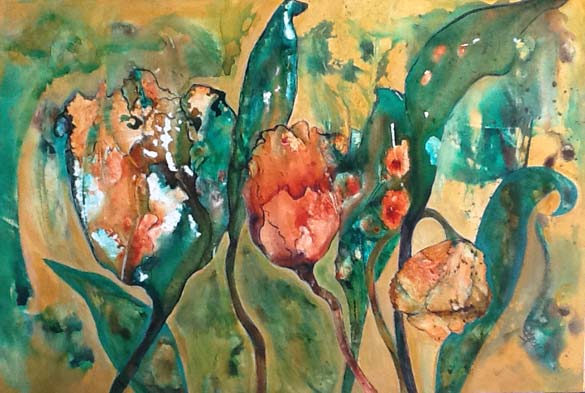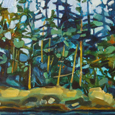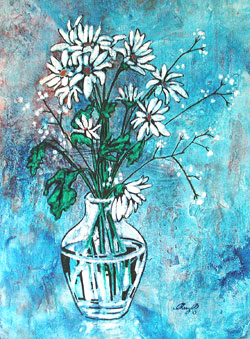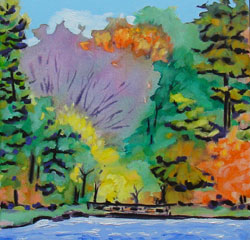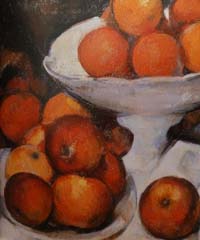It’s called “En Plein Air” and it means “in the open air” referring to taking your paints and canvases out there and painting. It became very popular in the late 1800’s. This was the time of the impressionists, and Monet was a pioneer and advocate of this practice. What are the advantages?
Among those who really love this practice, there is the love of the elements: wind, sun, and good old fresh air, and the feeling that experiencing them first hand while painting the landscape in front of them helps to give a truer interpretation of the scene. Plein air enthusiasts also are up for challenges – the primary one being the fact that the light changes as time passes. There is some urgency in getting the brush strokes down to capture an elusive moment in time. That can be a good thing – it helps avoid fussing over details.
Most of all, it’s fun. With a comfortable lawn chair along, what’s not to love about setting up in the garden or on the beach, enjoying the day and trying to match some colour to what you see? And not to worry if you don’t have a standing easel. If you work smaller, many painters are content to have their watercolour paper or canvas in their lap.
For those of you who love to do this, and for those who may never have tried it but would like to, I am offering a 1 week Painting on Location class from August 12 to 16. We will choose from a number of different beautiful locations in and around London. The classroom at Hillside Church will be available for any inclement weather days. Here’s the link to all the information:
Cheryl O’s Art Courses. Would you like to join us?
